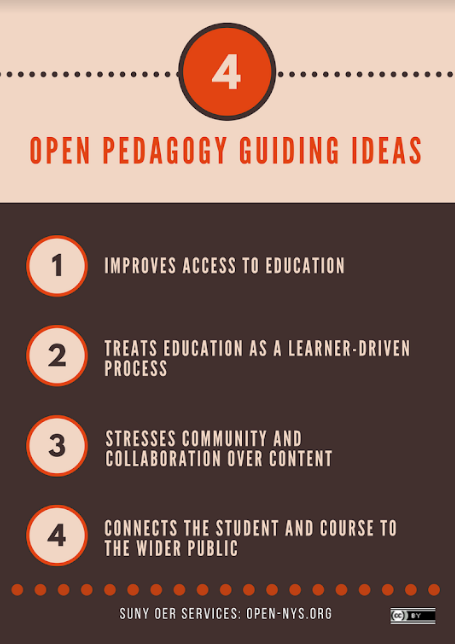Seymour Aubrey Papert was a South African-born American mathematician, computer scientist, and educator, who spent most of his career teaching and researching at MIT. He was one of the pioneers of artificial intelligence, and of the constructionist movement in education.
Our class is collectively working on a textbook for future classes. Given the goal of this project is a textbook for a generalist audience, this content should be easily producible – meaning, you have a good bit of information from our readings and discussions in Perusall.
I will write the first 3 chapters in order to show you what I am expecting from you in this assignment. I will be creating this content in the next few weeks – so that you can follow along and see the process as well.
Since this is a textbook, you also want to produce it in a way that is readable and approachable. You should use shorter sentences and clear and precise language. When appropriate, use images, movies, diagrams, maps to make your points. You can also use tables and callout boxes to amplify key points. This is an opportunity to be creative as well as scholarly! Have fun!
Before we get going, let’s try to get the answer to the next few questions;
- Why are we doing this?
- What are Open Educational Resources (OER)?
- What is Open Pedagogy?
We will use our “current textbook” written by Peter Abelson as our template: http://www.appliedeconomics.com.au/publications/public-economics/index.htm (Links to an external site.). This book however, was written for Australian and New Zealand audience. So, in cases where the book is focusing on Australia and New Zealand you should try to find similar information for the US.
You are encourage to use Wikipedia and the following economics textbooks as a resource for writing your chapters:
Another good source of high level and current information is The Conversation.
Since all of these resources are released under CC BY license you are allowed to copy-paste information directly, but you must provide appropriate attribution.
I will try to find additional resources that could be of help to you during the semester.
You can also look at other Public Economics textbooks – but know that they are most likely protected under the copyright laws. You can use those textbooks as an example what and how you can write your chapter. You are allowed to summarize and paraphrase topics from those books as well.
OER defined
The William and Flora Hewlett Foundation provides the following definition of open educational resources:
“OER are teaching, learning, and research resources that reside in the public domain or have been released under an intellectual property license that permits their free use and re-purposing by others. Open educational resources include full courses, course materials, modules, textbooks, streaming videos, tests, software, and any other tools, materials, or techniques used to support access to knowledge.”
In other words, “OER” is a very broad term. We apply it towards anything that helps students master course concepts.
The key distinguishing factor is the copyright status of the material. If course content is copyrighted under traditional, all-rights-reserved copyright, then it’s not OER. If it resides in the public domain, or carries Creative Commons or similar open copyright status, then it is OER.
The 5 Rs of OER
A useful way to appreciate the value of OER is to understand what you, the user of openly licensed content, are allowed to do with it. These permissions are granted in advance, and are legally established through Public Domain or Creative Commons copyrights:
- Retain – the right to make, own, and control copies of the content (e.g., download, duplicate, store, and manage)
- Reuse – the right to use the content in a wide range of ways (e.g., in a class, in a study group, on a website, in a video)
- Revise – the right to adapt, adjust, modify, or alter the content itself (e.g., translate the content into another language)
- Remix – the right to combine the original or revised content with other material to create something new (e.g., incorporate the content into a mashup)
- Redistribute – the right to share copies of the original content, your revisions, or your remixes with others (e.g., give a copy of the content to a friend)
This material is adapted from original writing by David Wiley, which was published freely under a Creative Commons Attribution 4.0 license at http://opencontent.org/definition/ (Links to an external site.).
Examples of OER
Types of OER include (but are not limited to) syllabi, lesson plans, learning modules, lab experiments, simulations, course videos, discussion prompts, assignments, assessments, library guides, and course design templates.

